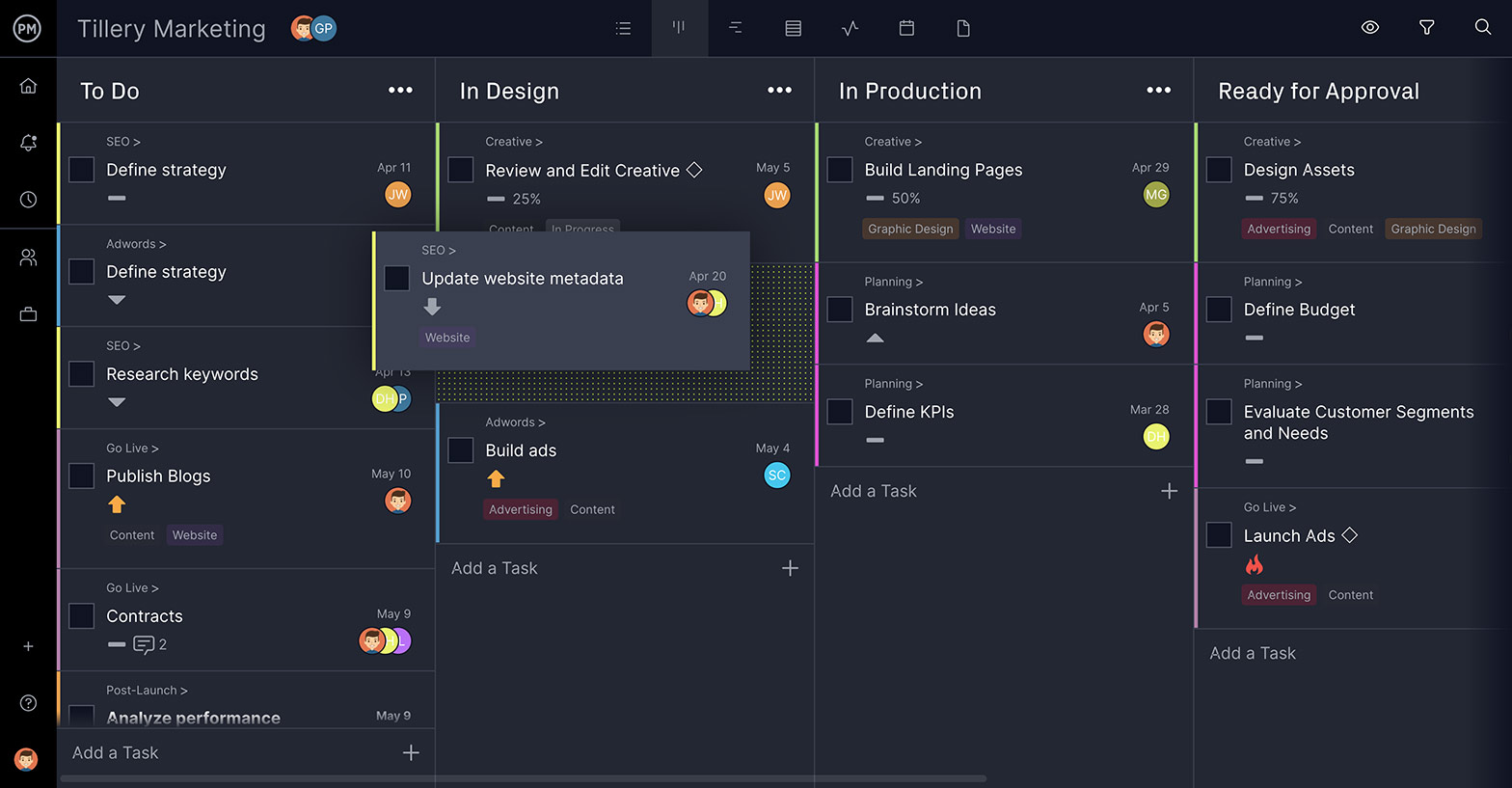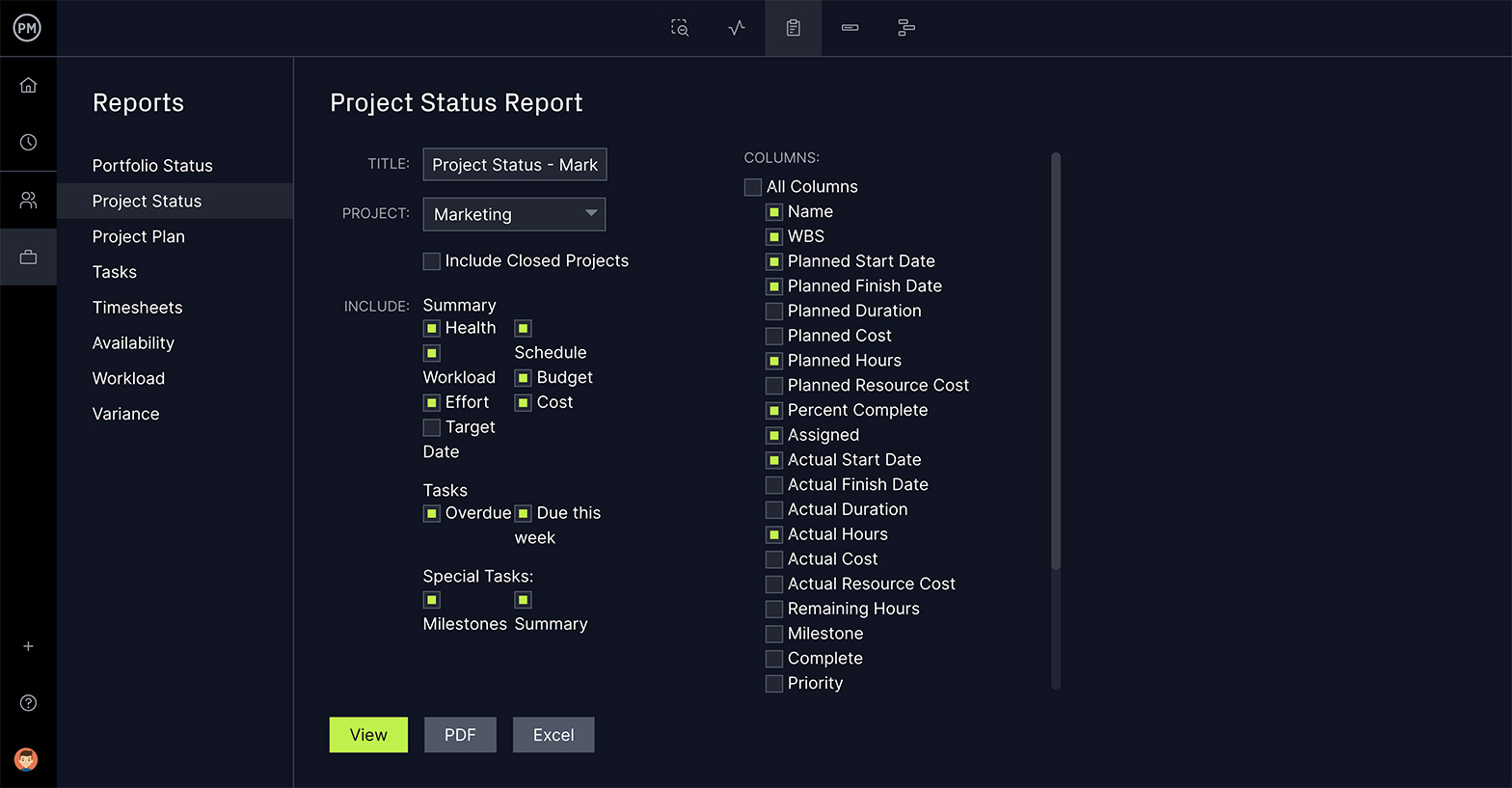Project management is everywhere—the term is experiencing a moment. People have come to realize that the discipline of project management offers proven methodologies and tools to get their jobs done more productively and efficiently.
In fact, project management is such a broad topic that it integrates other management ideas and applies them. One such idea is the theory of constraints. While the theory of constraints is typically used in manufacturing, it can be helpful in controlling most any project.

What Is the Theory of Constraints?
Basically, the theory of constraints says that a number of constraints prevent any management or manufacturing system from achieving more of its goals. There is always at least one constraint or limiting factor that creates a bottleneck, and the theory of constraints uses five focusing steps to identify that constraint and then improve it so that it isn’t a bottleneck anymore.
The theory of constraints (TOC) was invented by Eliyahu Goldratt in 1984 and introduced to managers through his book titled “The Goal”. Think of it like the old axiom, “A chain is no stronger than its weakest link.” The theory of constraints works to find that link and lessen its vulnerability. That applies to processes, organizations, individual team members, whatever or whoever is a limiting factor to the successful completion of the project.
Theory of Constraints Elements
The TOC process is made up of the following elements:
- Constraints: A limiting factor that affects a system’s productivity
- Five Focusing Steps: The focusing steps allow managers to identify constraints and improve systems
- Thinking Processes: The thinking processes are problem-solving tools to improve constraints and eliminate bottlenecks
- Throughput Accounting: An accounting method that focuses on the throughput of the business
We’ll explore each of these in more depth once we cover the basics of the TOC theory.
Theory of Constraints Key Assumption
The theory of constraints’ key assumption is that an organization can be managed by measuring these three things:
- Throughput: The rate at which the system generates “goal units” (or money) through sales
- Operational Expense: Money spent when generating “goal units”
- Investment: All the money that is invested in the system (inventory, machinery, etc.)
Before any goal is achieved, however, there are conditions that must be met. Usually, these are safety, quality, legal obligations and so forth. For-profit organizations have a goal of making money, but the theory of constraints can be used with nonprofits, whose goals of making money are secondary.
Benefits of the Theory of Constraints
The main goal of TOC is to streamline management and manufacturing systems to maximize productivity. But that’s not all, a successful TOC implementation will have other benefits:
- Reduction of operating expenses
- Increased profit and return on investment
- Increased capacity
- Increased throughput rate
What Is a Constraint?
To identify and rectify a constraint, it is crucial to understand what a constraint is. A constraint is any limiting factor that stops you from achieving your goal, and a constraint can show itself in various ways. However, TOC maintains that there are not an endless number of constraints, but at least one and at most only a few affecting your project or system.
Internal & External Constraints
Constraints can be internal, such as when the market demands more than you can deliver, or external, such as when you produce more than the market will bear. With the latter, the organization must focus on ways to create more demand for its product or service.
Some examples of internal constraints are equipment, such as the way the equipment is currently being used limits your ability to produce more. People are another internal constraint, which can reveal itself by lack of skills, personnel and behavioral issues. Finally, policy, whether written or unwritten, can prevent you from making more products or expanding services.
Remember, that a constraint is a limiting factor. Therefore, a problem that occurs in a project or organization is not by definition a constraint, even if it occurs with equipment, people or policies. A constraint is something that is preventing you from getting more throughput, even if nothing else is wrong.
What Are the Five Focusing Steps?
If at least one constraint is limiting the success of a project, then the obvious solution is to identify that limiting factor. However, even if you remove all the constraints, the project won’t necessarily succeed. There are always other risks and limiting factors at play. But if one can remove constraints, then the path to success is that much clearer.
The focusing process is the instrument by which constraints can be found and, therefore, dealt with. The five focusing steps provide a TOC a project management roadmap to handle the constraint once it has been discovered.
1. Identify the Constraint
Before you can strengthen the weak link in the chain, you must find it.
2. Exploit the Constraint
Make quick improvements with existing resources.
3. Subordinate Everything to the Above Decision
Make sure all other activities in the process are aligned with the resolution of the constraint.
4. Alleviate the Constraint
If the constraint remains, think about what else can be done to address it, such as adding resources.
5. Repeat as Needed
This TOC process is a cycle, in that it begins but doesn’t end—one must always be vigilant about addressing the constraint, wherever it might show up.
These five focusing steps are used in TOC to make sure that there are always improvements and those efforts are focused on the project constraints.
Thinking Processes in the Theory of Constraints
The theory of constraints is a way to solve problems inherent in your project that are preventing you from achieving more of your goals. Part of TOC is the methodology called the thinking process, which is made for complex projects with many interdependencies.
The thinking processes are a cause-and-effect tool, which helps you identify the root cause of undesirable effects (known as UDEs) and remove them without creating new ones. To get started with the thinking processes, ask yourself these three questions:
- What needs changing?
- How should it change?
- What action will change it?
Goldratt Thinking Processes
When Eliyahu Goldratt created TOC, he defined several thinking processes to manage different aspects of a project or system. To keep things simple we’ll explain the most widely used TOC thinking processes.
- Current reality tree: The current reality tree is a diagram that identifies the undesirable effects (UDEs) and traces their root cause
- Evaporating Cloud tree: It’s a diagram that helps identify specific changes to the undesirable effects identified in the current reality tree. Serves as a transition to the future reality tree
- Future reality tree: The future reality tree is a diagram that represents the future state of the project after the changes to the undesirable effects are made
- Strategy and tactics tree: The strategy and tactics tree diagram shows an implementation plan that explains how to apply the changes that will solve the undesirable effects and will take the project to the future state
Now that we’ve covered the TOC thinking processes, we can dive into the next element of the theory of constraints, throughput accounting.
What is Throughput Accounting?
Throughput accounting is used for TOC and differs from traditional accounting methods. The theory of constraints looks at accounting as the counting of bad behaviors. Financial concerns such as operational expenses are secondary to selling goods or services (throughput).
Remember, throughput accounting focuses on throughput, the rate at which you make money through sales minus variable costs. Throughput accounting also measures net profit, return on investment, productivity and investment turns.
Let’s see how those throughput accounting measurements are calculated.
Measuring Throughput
Throughput accounting has these four measurements:
- Net Profit: throughput minus operating expenses
- Return on Investment: net profit divided by investment
- Productivity: throughput divided by operating expenses
- Investment Turns: throughput divided by investment
Constraint management decisions are guided by how well they can achieve improvements that increase throughput rate, reduce investment and reduce operating expenses. However, increasing throughput rate is the most important of the three, as the theory of constraints prioritizes increasing throughput rate through sales over cutting investment and operating expenses.
How the Theory of Constraints Works with Lean Manufacturing
Both TOC and lean manufacturing are methods to improve the effectiveness of your project. They do, however, have different means to their ends.
While the theory of constraints is about identifying and removing constraints that limit project throughput with the primary goal of increasing throughput rate and manufacturing capacity, lean manufacturing is more concerned with removing waste from the process and reducing costs.
Focus on What’s Important
But both share a focus on the customer and can work together. For example, not every constraint is worth addressing, due to limited resources for one, so the theory of constraints can help you prioritize while lean manufacturing offers tools and techniques to achieve improvements.
Lean project management tools can also help identify the limiting factor through tools such as value stream mapping, which engages teams in problem-solving, and Gemba, which encourages understanding real-world issues. Lean project management tools can also help exploit, subordinate and evaluate the TOC constraint with a variety of different techniques.
The benefits of hybrid techniques are just another way that project management cannibalizes methodologies and applies them to controlling work for better results. Having more tools in your toolbox means you have more options to address process and the problems that arise during it.
How ProjectManager Helps Execute the Theory of Constraints
Projects are made up of many sub-projects and the theory of constraints is just one more you’ll have to manage when leading a project. In a sense, it’s a project with the objective of increasing efficiencies, but it’s structured just as any project would be: plan and execute. ProjectManager is award-winning software that organizes tasks, teams and projects to give you greater efficiency when managing a project.
Create Workflows on Kanban
Once you’ve identified the constraint that needs to change and have decided how you’re going to change it, you need a plan of action by which to change it. Set up that task on our kanban board. Create a card that describes the action. You can set the priority, even tag it to a department if applicable to make it easier to find. Add a due date and attach any pertinent files or images.

Track with Dashboards
Managers can keep an eye on progress without getting in the way of their team’s productivity. Real-time dashboards offer a high-level view of the project. As teams update their statuses that data is feed into the software, which automatically calculates the time left on tasks, the costs associated with the work and you can even see if your team is overallocated.

Keep Stakeholders in the Loop with Reporting
Keep stakeholders abreast of what’s going on with one-click reporting that can be filtered to show just what they want to see. It’s easy to share reports as PDF attachments or print them out when presenting to your stakeholders. ProjectManager is the only tool you’ll need for everything related to project management.

What can handle all these different methods and still provide managers with an easy-to-use interface? ProjectManager—a cloud-based project management software with the tools for any project, no matter how you choose to manage it. From a real-time dashboard to online Gantt charts with a collaborative platform, everything you need to work efficiently is in one place. See how it can help you by taking this free 30-day trial now.

